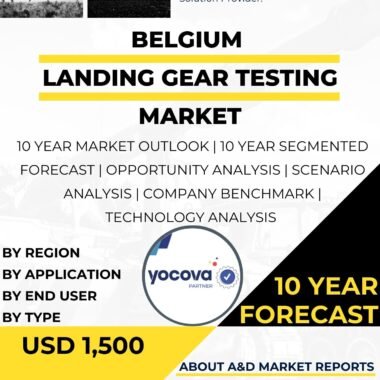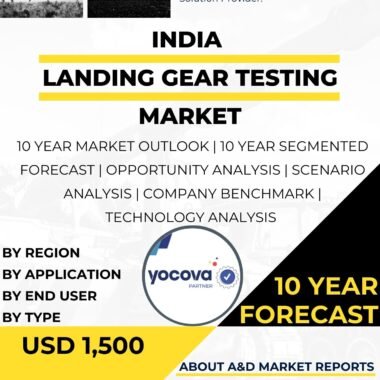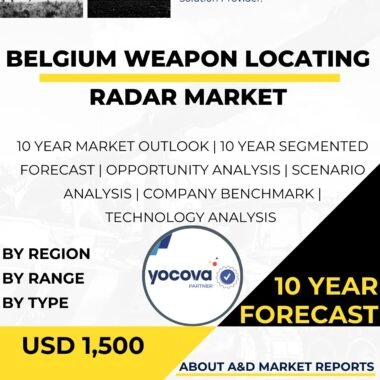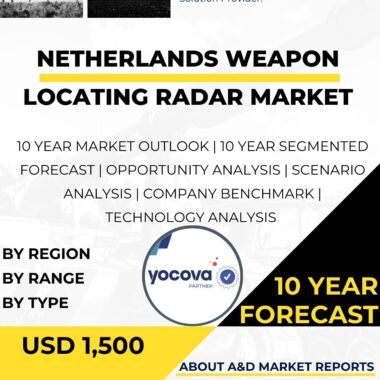Description
Brazil’s DTCBia Counter-Battery Radar and Indigenous Development
Brazil weapon locating radar market is advancing through indigenous innovation, exemplified by the Brazilian Army’s Counter-Battery Radar Technology Demonstrator (DTCBia), which integrates active electronically scanned array (AESA) technology to enhance artillery detection and counter-fire capabilities. This project underscores Brazil’s strategic push for self-reliance, addressing regional security needs while fostering defense industry growth.
DTCBia: AESA-Driven Artillery Detection
Developed in collaboration with the Army Technological Center (CTEx) and Brazil’s Defense Industrial Base (BID), the DTCBia underwent initial engineering tests from June 12 to 20, 2025, focusing on pinpointing enemy artillery positions and shell impacts. This multifunctional radar enhances field artillery operations by providing real-time trajectory tracking for projectiles, rockets, and mortars, with improved resistance to jamming and clutter. As part of the Multifunction Counter-Battery Radar project’s initial phase, DTCBia supports rapid counter-bombardment, aligning with Brazil’s diverse terrains from Amazon borders to urban fronts.
Embraer-Brazilian Army Partnership for Radar Evolution
Building on a 2021 Technical Cooperation Agreement, Embraer and the Army’s Department of Science and Technology (DCT) have conducted joint studies on technical and operational concepts for artillery counter-battery systems. This partnership leverages existing radar levels from CTEx-Embraer collaborations, evaluating capabilities for design and development to meet Army requirements. Embraer’s expertise, honed through the Integrated Border Monitoring System (SISFRON) and Anti-Aircraft Defense programs, positions Brazil among nations mastering radar manufacturing, with potential for up to 100 km detection ranges and multi-target tracking.
Integration with Broader Defense Modernization
The DTCBia complements Brazil’s artillery upgrades, such as the procurement of 36 155mm self-propelled howitzers under the VBC OAP program, where advanced radar detection enables precise counter-battery fire to suppress threats. Deployable along borders and around key infrastructure, these systems bolster SISFRON surveillance and protect military installations from cross-border artillery risks. Indigenous production reduces foreign dependency, creating skilled jobs and supporting technology transfers for enhanced environmental adaptability.
Regional and Export Implications
Brazil’s WLR advancements contribute to Latin America’s growing military radar market, with counter-battery segments emphasizing AESA for fast threat response. Collaborations like Embraer’s could enable exports to partners in South America, strengthening interoperability in multinational exercises and regional stability.
In summary, the DTCBia and Embraer partnerships drive Brazil’s WLR market toward self-sufficiency, enhancing counter-fire precision and force protection. These developments solidify Brazil’s role in hemispheric defense innovation amid evolving threats.




